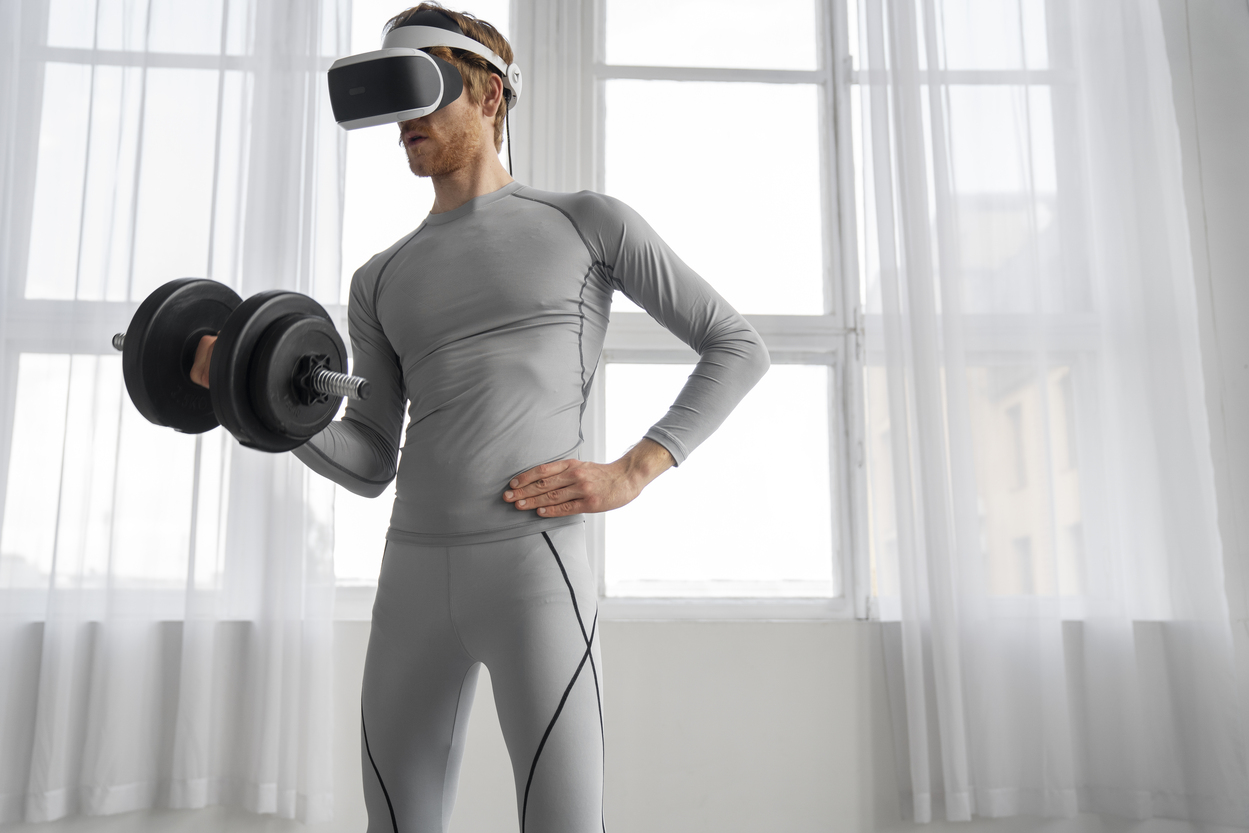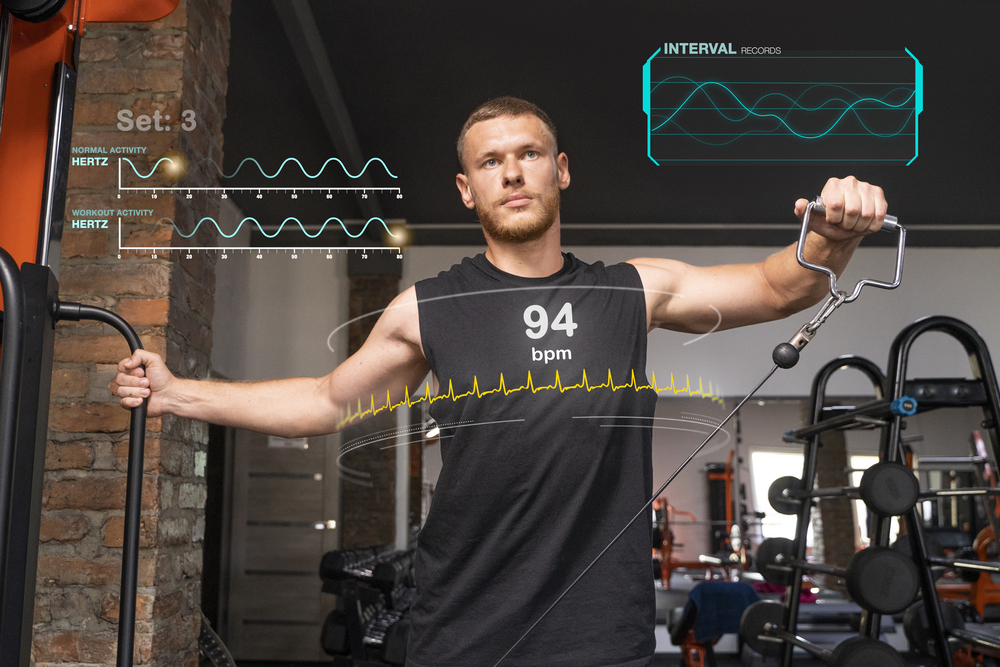Embedded Hardware in High-Tech Sports Gear: What’s Inside?

Sports technology has evolved dramatically in recent years, with embedded hardware playing a crucial role in advancing performance tracking, injury prevention, and athlete analytics. From smart running shoes to AI-powered training wearables, embedded systems are at the heart of high-tech sports gear. But what exactly powers these innovations, and how do they enhance athletic performance?
In this article, we explore the embedded hardware components behind modern sports gear, their functions, and how they contribute to precision performance tracking.
The Role of Embedded Hardware in Sports Technology
Embedded hardware is the backbone of smart sports equipment, providing real-time monitoring and analytics for athletes. These systems consist of microcontrollers, sensors, communication modules, and energy-efficient processing units that collect and analyze data to enhance training and performance.
Key Benefits of Embedded Systems in Sports Gear:
- Real-time performance tracking – Monitors speed, acceleration, heart rate, and body movements.
- Injury prevention – Detects irregular patterns and excessive strain to alert athletes.
- Optimized training routines – AI-powered analysis helps improve techniques and efficiency.
- Seamless data synchronization – Wireless connectivity allows instant access to performance metrics.
- Energy-efficient operation – Low-power designs ensure long battery life for wearable sports tech.
Core Embedded Components in Sports Gear
Modern sports gear integrates various embedded components to enable accurate tracking and real-time analytics. Below are the key hardware components that drive these devices.
1. Microcontrollers and Processors
At the core of every smart sports device is an energy-efficient microcontroller (MCU) or processor that handles data collection, processing, and transmission. These chips optimize power consumption while ensuring real-time data processing.
| Component | Function | Common Use Cases |
| Low-power MCU | Controls basic functions, collects sensor data | Wearable fitness trackers, heart rate monitors |
| DSP (Digital Signal Processor) | Processes real-time motion and biometric data | Smart shoes, motion trackers |
| AI-enabled SoC | Runs machine learning algorithms for advanced analytics | AI-powered training wearables, injury prevention systems |
2. Sensor Technology in Sports Wearables
Embedded sensors in sports gear provide precise measurements of physical activity, biomechanics, and environmental conditions. These sensors help athletes optimize their performance and minimize risks.
| Sensor Type | Functionality | Example Use Cases |
| Accelerometer | Measures acceleration and movement | Step tracking, jump analysis |
| Gyroscope | Tracks angular motion and rotation | Posture correction, balance monitoring |
| Heart rate sensor | Monitors cardiovascular performance | Endurance training, heart rate zones |
| IMU (Inertial Measurement Unit) | Combines accelerometer and gyroscope for motion tracking | Running mechanics, cycling efficiency |
| GPS module | Provides location tracking and speed measurement | Outdoor sports, endurance training |
These sensors collect raw data, which is then processed by embedded algorithms to provide actionable insights for athletes and coaches.
Connectivity and Data Transmission in Smart Sports Equipment
For sports gear to be truly effective, it must seamlessly transmit data to connected devices such as smartphones, tablets, and cloud-based analytics platforms.

Wireless Technologies Used in Sports Wearables
| Technology | Range | Power Consumption | Use Case |
| Bluetooth Low Energy (BLE) | Up to 100m | Low | Heart rate monitors, fitness bands |
| Wi-Fi | Up to 50m | Medium | Smart treadmills, connected gym equipment |
| NFC | Very short range | Very low | Smart shoes with contactless sensors |
| ANT+ | Medium | Low | Cycling sensors, power meters |
BLE remains the most widely used communication protocol in wearable sports gear due to its balance between power efficiency and range. However, emerging technologies like ultra-wideband (UWB) and 5G connectivity are expected to further enhance data transmission in sports technology.
AI and Machine Learning in Sports Hardware
Artificial intelligence is playing an increasingly important role in high-tech sports gear. AI-powered embedded systems can analyze complex motion data, provide real-time feedback, and even predict injury risks.
AI Applications in Sports Wearables
- Gait and running analysis – AI-driven smart shoes can detect improper running mechanics and suggest improvements.
- Personalized coaching – Wearables with AI can offer real-time feedback based on performance trends.
- Injury prediction – Machine learning algorithms analyze movement patterns to detect potential injury risks.
A great example is Promwad’s expertise in AI-driven embedded systems, where our engineers develop intelligent solutions that process sensor data efficiently for enhanced sports analytics.
Challenges in Developing Embedded Sports Gear
Despite advancements in technology, developing embedded systems for high-performance sports applications presents several challenges:
- Battery Life Constraints – Wearables must be power-efficient to last through extended training sessions.
- Data Accuracy & Calibration – Sensors must be properly calibrated to ensure reliable measurements.
- Durability & Environmental Resistance – Devices must withstand sweat, impacts, and harsh weather conditions.
- Seamless User Experience – Connectivity and data transmission should be fast and effortless.
At Promwad, we specialize in overcoming these challenges by designing robust, energy-efficient embedded systems that enhance user experience and performance in sports technology.
Future Trends in Embedded Sports Hardware
The sports tech industry is continuously evolving, with several emerging trends shaping the future of high-tech sports gear:
- Flexible and Wearable Electronics – Smart textiles embedded with sensors for real-time feedback.
- Augmented Reality (AR) Integration – AR-powered sports goggles displaying live performance metrics.
- Biometric Authentication in Wearables – Using fingerprint and facial recognition for secure user identification.
- 5G-Enabled Sports Analytics – High-speed data transmission for real-time coaching insights.
Conclusion
Embedded hardware is at the forefront of innovation in high-tech sports gear, enabling real-time tracking, performance analytics, and AI-powered coaching. From microcontrollers and sensors to wireless connectivity and machine learning, every component plays a crucial role in optimizing athletic performance.
As technology advances, embedded sports systems will become even more intelligent, helping athletes at all levels train smarter and prevent injuries. Companies investing in embedded solutions today will lead the future of smart sports technology.
For custom embedded hardware development tailored to sports applications, contact Promwad to discuss your project needs.
Related Reading
Internal:
Our Case Studies in White-Label


